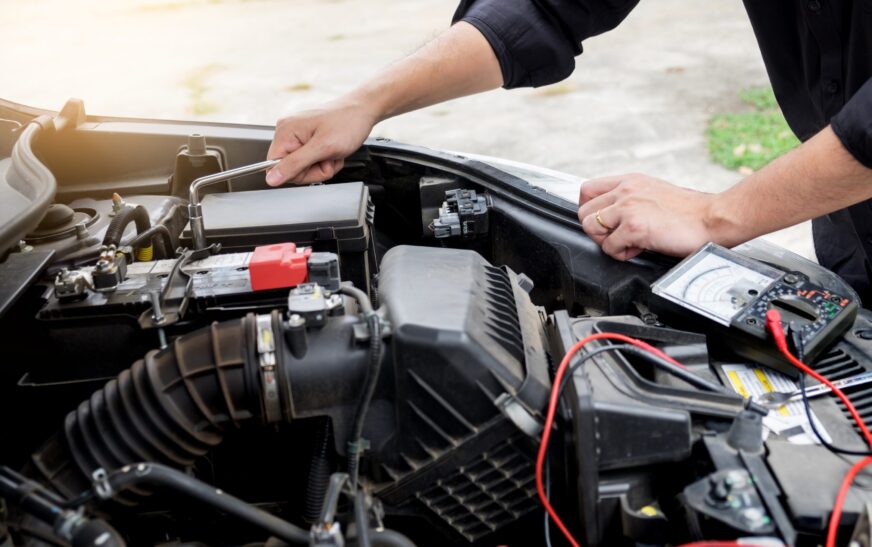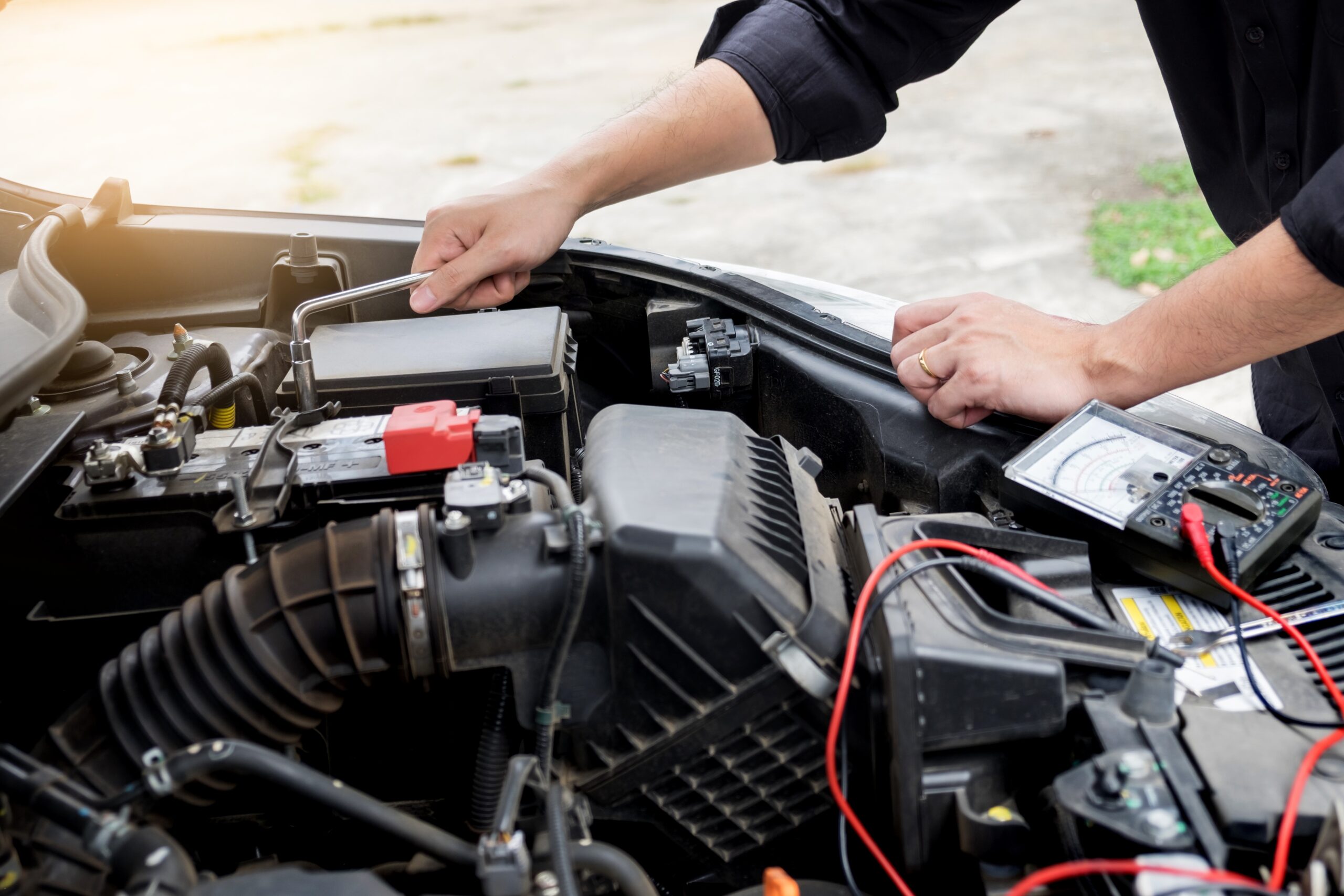When it comes to choosing your next vehicle, safety should be at the top of your checklist. We all know that accidents can happen, but what if you could significantly reduce the risk? In this guide, we’ll walk you through the essential car safety features you should look for. From airbags to advanced driver-assistance systems, we’ve got you covered. Buckle up; we’re about to take a deep dive into the world of car safety.
Why Car Safety Matters
Before we delve into the specifics, let’s address the elephant in the room: why should you care about car safety? Well, the answer is quite simple. Your safety and the safety of your loved ones should always come first when you’re on the road. Accidents happen every day, and having the right safety features can mean the difference between a minor scare and a life-altering event.
The Basics: Airbags and Seatbelts
Airbags and seatbelts are the fundamental building blocks of car safety. When it comes to airbags, more is generally better. Look for vehicles equipped with front, side, and curtain airbags. These cushions of safety can greatly reduce the impact of a collision, protecting both the driver and passengers.
Seatbelts, on the other hand, are non-negotiable. Ensure that your potential new car has three-point seatbelts for all seating positions. Seatbelts are your first line of defense in a crash, so they should be comfortable and easy to use.
Advanced Driver-Assistance Systems (ADAS)
Now, let’s step into the future of car safety – Advanced Driver-Assistance Systems, or ADAS. These high-tech features are designed to assist you while driving and can even intervene in critical situations. Incorporating the keyphrase, let’s explore some of the standout ADAS technologies:
Car Safety: Eyes on the Road
Adaptive Cruise Control (ACC): Imagine cruise control that adjusts your speed automatically to maintain a safe following distance from the car in front of you. ACC uses sensors to detect traffic and adapts your speed accordingly, reducing the chances of a rear-end collision.
Blind Spot Monitoring (BSM): Changing lanes can be a nerve-wracking experience. BSM uses radar sensors to detect vehicles in your blind spots and alerts you, often with a flashing light or a warning sound. It’s like having an extra set of eyes on the road.
Car Safety: Staying in Your Lane
Lane Departure Warning (LDW) and Lane-Keeping Assist (LKA): These features help you stay on track. LDW alerts you when you unintentionally drift out of your lane, while LKA provides gentle steering input to keep you centered. It’s like having a co-pilot to prevent drifting mishaps.
Forward Collision Warning (FCW) and Automatic Emergency Braking (AEB): These technologies work hand in hand. FCW warns you of an impending collision, while AEB can apply the brakes if you don’t react in time. They’re your safety net when unexpected obstacles appear.
Car Safety: Parking Made Easy
Parking can be a stressful task, but modern safety features can turn it into a breeze:
360-Degree Camera: This system provides a bird’s-eye view of your car, making tight parking spots feel like a walk in the park. It helps you avoid obstacles and prevents those unfortunate parking lot mishaps.
Car Safety: Tech You Can Trust
In the digital age, connectivity and convenience are paramount. However, they shouldn’t come at the cost of safety:
Keyless Entry and Start: Keyless entry systems
have become increasingly popular, but they can also pose security risks. To ensure your safety, opt for a car with an advanced keyless entry system that employs encryption and rolling codes. This makes it much harder for would-be thieves to intercept and replicate your key’s signal.
Car Safety: Child-Friendly Features
If you have young passengers, their safety is of utmost importance. Look for these features to ensure a secure ride for your little ones:
Latch System (Lower Anchors and Tethers for Children): This system simplifies the installation of child safety seats. It provides secure anchor points that make it easier to correctly install a car seat, ensuring your child is snug and safe.
Child Locks: Child locks on rear doors prevent curious little fingers from accidentally opening the door while the car is in motion. It’s a simple feature that adds an extra layer of safety.
Car Safety: The Importance of Maintenance
While the above-mentioned features are crucial, don’t forget the importance of regular maintenance. Your car’s safety systems need to be in optimal condition to function correctly. Here are some maintenance tips:
Regular Inspections
Schedule routine check-ups with a qualified mechanic to ensure all safety features are working correctly. This includes airbags, seatbelts, ADAS sensors, and more.
Tire Care
Proper tire maintenance is often overlooked. Check your tire pressure regularly and replace tires when they become worn. Adequate traction is vital for safe driving.
Keep Software Updated
If your car’s safety features rely on software, make sure to keep it updated. Manufacturers often release software patches to improve system performance and address security vulnerabilities.
Conclusion
In conclusion, car safety should be a paramount consideration when purchasing a new vehicle. From the basics of airbags and seatbelts to advanced driver-assistance systems, there’s a wide range of features to enhance your safety on the road.
When you’re shopping for your next car, remember to inquire about these safety features. Don’t compromise on safety; it’s an investment in your well-being and that of your loved ones. And always remember that while technology can enhance safety, responsible driving and regular maintenance are equally essential for a secure journey.
So, the next time you’re at the dealership, armed with this knowledge, you can make an informed decision and drive off with confidence, knowing that your new car has the safety features to keep you secure on the road. Safe travels!














